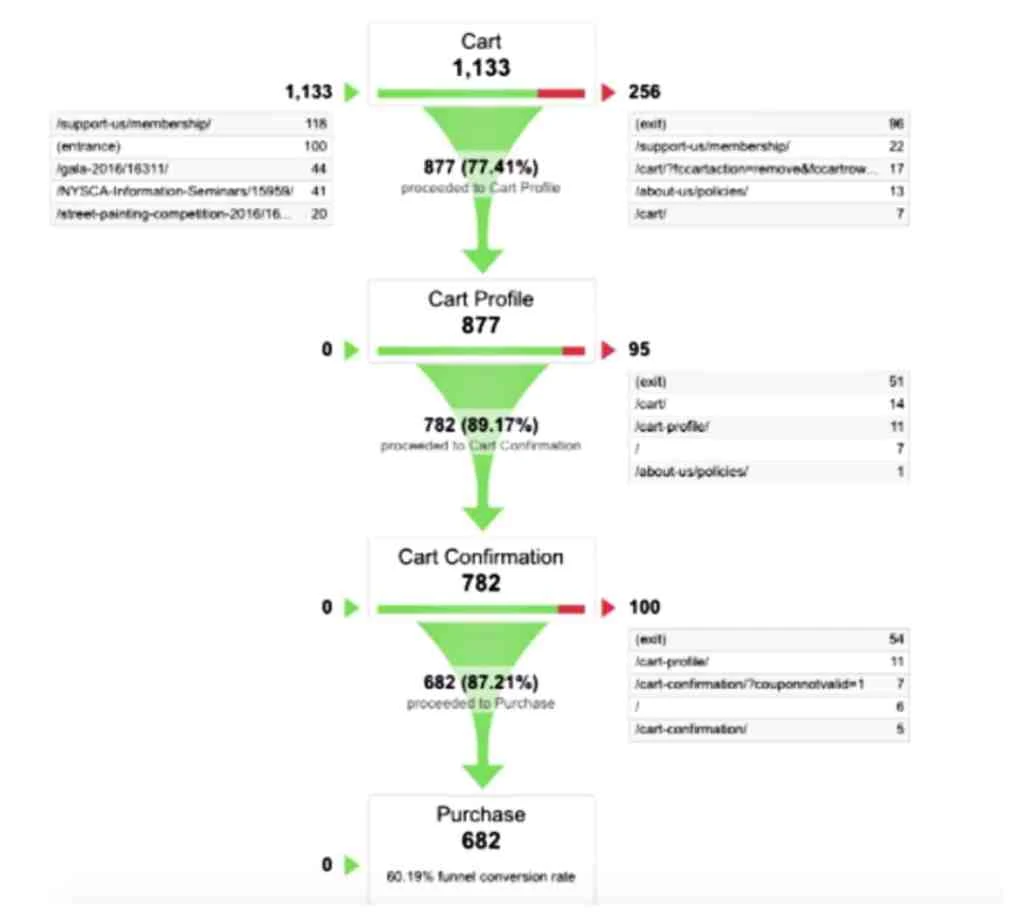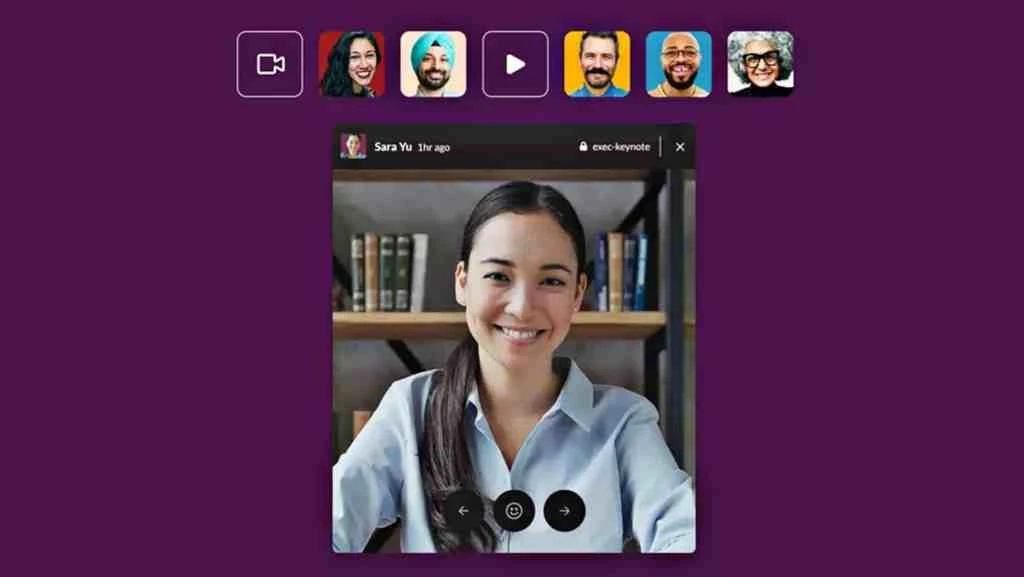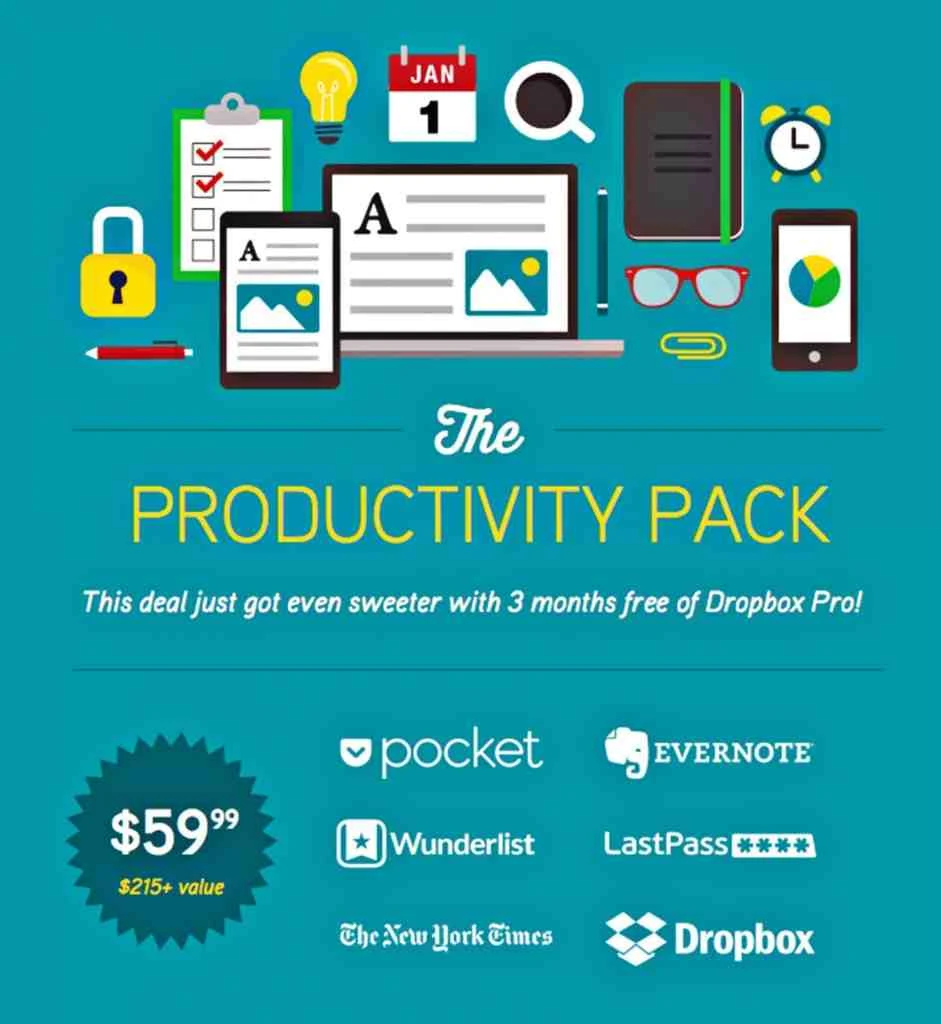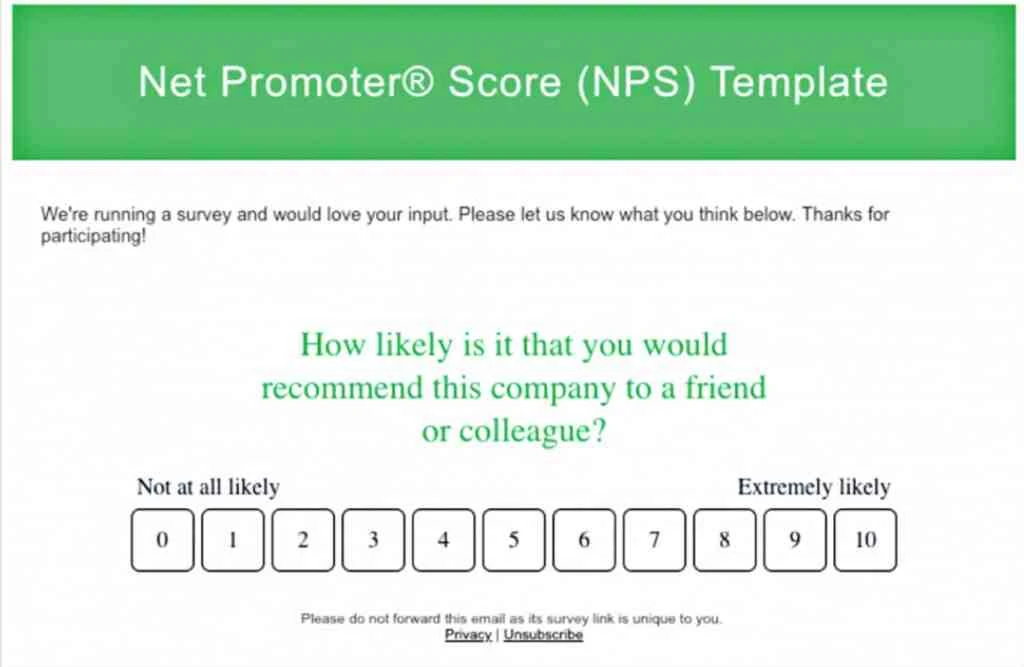In 2020, companies have had to adapt to abrupt changes in the way they conduct business and the way their employees work, as people are moving away from physical office spaces and meeting virtually. The situation brought about by the Covid-19 pandemic accelerates demand for more and better business and collaboration tools in the form of Software as a Service. While businesses that are built around physical or in-person experiences continue to suffer, virtual companies like SaaS businesses — offering everything from user authentication technology to cloud infrastructure services — are primed for growth.
If nothing else, 2021 is the best time to hone your SaaS marketing strategy in order to capture a bigger share of the growing market. SaaS companies have seen a significant increase in client acquisition since the start of the pandemic, and they expect a steady momentum for the foreseeable future. While in the previous years marketers have focused on the latest experimental growth hack trends, the urgency of the situation calls for tried and tested strategies. If you haven’t already started, it’s more important than ever to start now, and to choose strategies that stand the test of time.
Prioritize lead nurturing in SaaS content marketing
2021 calls for marketers to think about the long game as the effects of the pandemic continue to drag on. According to a case study by MarketingSherpa, the reason why most marketing leads never convert to sales is due to a lack of lead nurturing. Nurturing leads will strengthen your relationship with the audience and establish your brand as a thought leader, which will reap results for the long term.
Update your content in 2021
In essence, nurturing leads is to provide valuable and shareable content to the target audience, with less emphasis on overt messages to push products. In response to the unique changes and challenges in 2020, many brands adjusted their messaging strategy to emphasize credibility, empathy and value. Moreover, social media use has increased by 50% due to the pandemic, prompting organizations to change their communications strategy on social media.
It will benefit your SaaS marketing efforts to update your current blog posts and boost them again on different channels so as to gain more traffic. Useful and up-to-date content also drives subscriptions and social media following.
| A checklist for updating old blog posts |
|---|
| Add new focus keywords |
| Change to more relevant titles and headings |
| Update out-of-date facts and references |
| Add in recent data and examples |
| Add links to new content on your website |
| Refresh images |
| Check for broken links |
| Share updated post on social media and email newsletter |
Take time to learn about your audience
The more you know about them, the better. In order to successfully build a subscribed audience, segment them to make sure they get more relevant targeted messages and study their content preferences by collecting customer data, which takes us to the next SaaS marketing strategy:
Track and measure SaaS content marketing performance
With content marketing, it may take months before you see any consistent changes in top-funnel metrics. To add, measuring the success of a content marketing strategy is not as straightforward as counting the changes in leads and sales. However, as far as SaaS lead generation goes, content marketing is still one of the most effective methods, with proven results and return on investment.
Track how website visitors interact with your content through Funnel Visualization
Tracking the lead generation and conversion path can be done through the Funnel Visualization report in the Conversions section of Google Analytics after you’ve set up your conversion and sales goals. The Conversions section shows customer activity on specific pages that lead to the URLs that coincide with each funnel stage.
Show conversions page from Google Analytics like so:

Track the sequence of user actions to identify what leads to the most conversions
A sequence of user actions on the website could be landing on the homepage, clicking on a featured blog post, browsing several other blog posts, then signing up for the newsletter. The user might then return several weeks later by clicking on a promotional link in the newsletter, finally committing to a purchase.
To track this on Google Analytics, go to Admin and choose Segments under Personal Tools & Assets. Create a new Segment and click on Sequences under the Advanced section. From there, you can manually input the flow of actions you expect visitors to take.
By visualizing your conversion funnel and sequences, you will be able to determine which content channels and types work best for capturing and converting leads. You can then tweak your SaaS marketing strategy accordingly.
Try community marketing for a non-intrusive approach
With community marketing, the aim is to engage and bring together customers whose interests align with your organization’s. After content marketing, the focus in 2021 will be on online communities. While ad-blockers are becoming more commonplace, marketers are relying more on non-intrusive approaches such as this for SaaS lead generation and lead nurturing.
Ways you can engage your community
Build content around your community
Your content marketing messages should be targeted to address your community’s concerns, interests and pain points. These can be how-to guides, news stories that encourage discussion, and other educational content. Besides sharing useful content, your B2B SaaS marketing strategy needs to involve activities that bring out a sense of belonging or shared achievement.
Based on a report by Forrester, in the time of COVID-19, it’s important for businesses to support their B2B customers through more than sympathetic messages. More important than that, B2B marketers need content that gives them “the confidence to survive and thrive.” One way to do this is to share stories that feature members of the community — your SaaS users. This type of content lets other members of the community know what they can achieve with your organization and what strategies they can implement so they are likely to achieve better outcomes. As a variation to the tried and tested success stories, your content can be made more relevant by discussing use cases specific to fixing a pain point caused by the pandemic, or how your SaaS users are overcoming challenges brought about by the pandemic.
When you start off building your community, there may not be a lot of members at first. One tip is to have your SaaS marketing and customer service team join the community. Encourage them to be responsive, to initiate and engage in discussions, and to be available to answer questions or offer support at any stage of your users’ journey.
Create opportunities for meaningful connections
“COVID has meant that a lot more of our communities have shifted online and for many of us, Facebook groups have been an important space to find support, share information or just be entertained,” Facebook CEO Mark Zuckerberg said during the 2020 Facebook Communities Summit. In order to foster meaningful connections during the pandemic era, you need a platform, such as an online forum or social media channel where participants can engage in discussions or find help. You can also encourage virtual or local meetups or support and organize social events where your existing and potential customers are.
Online communication platforms have gotten new features to support group interaction during the pandemic, which can prove beneficial for SaaS marketers. In late 2020, Facebook announced a set of new features “focused on sparking discussions” and to make groups easier to manage. These include the Q&A feature, a new collaborative post type called “Prompts” that encourages conversation through the use of photos, and a Brand Collabs Manager which will allow group owners to monetize larger public groups “by working directly with brands who want to promote their products and services to the group’s users.”

At the same time, Slack is also getting Instagram-like stories for status updates or to set daily agendas and push-to-talk audio calls to enhance remote-working efficiency during the pandemic era. Although the idea of using Slack or Facebook Groups for community building isn’t a novel one, these new features have the potential to encourage interaction and make them more meaningful, so be sure to learn about these new features in order to fully utilize them.

Slack Stories feature prototype. Source: Slack
Collaborate with Other Companies that Add Value to Your Users
How do you reach new leads without relying on a large advertising budget? Collaborations with brands that have complementing interests could be the answer. Start by making a list of organizations you already work with that add the most value to your community. Ideally, you’d want to collaborate first with companies that solve your users’ pain points and offer complementary services and products. Here are some ways you can collaborate:
Co-marketing
Co-marketing often happens in the form of two or more brands jointly promoting a piece of content, special offer, or event. You can choose to work with companies in similar industries with overlapping audiences, or even non-profit organizations that a majority of your community would support. Through this form of collaboration, you can expand your reach to new communities through new channels and gain more social media following or newsletter subscriptions, at the same time pooling together resources and data to bring more value to your audiences.

Example of a co-marketing campaign. Source: Pocket
Local partner or reseller
Partnering with companies that share customer bases seems like a no-brainer, especially if your organization currently has a limited amount of internal sales resources. The challenge is in creating a successful partner program. The majority of successful SaaS partner programs are free for partners to join, offer co-marketing support and a partner portal to help manage partner relationships. Treat them well, and your partners might just become your most active community members.
Event Partnership
Due to COVID-19’s impact on social gatherings, the events space has seen more disruption in the span of months than it has in the last decade. According to Laura Ramos, Vice President of Forrester, the advantages of online events — broader reach, better attendee data acquisition, and extension of the value beyond the physical date — will accelerate the digital transformation of events.
Event partnership isn’t a new concept, but seeing how events and conferences are changing and taking on new formats in 2021, it’s increasingly important for businesses to organize one or to be a part of one to reach audiences. What’s more, virtual events tend to cost a lot less as it forgoes many of the costs associated with traditional conferences. Ideally an event partner has a vested interest in the event topic, product or audience and is able to promote your brand through their marketing and promotions channel. The partnership may or may not involve a financial exchange, although if it does, organizers stand to gain from splitting the costs.
Seeing the physical experience reimagined, fully virtual events now hold the possibility of adding exciting features that attendees can look forward to. For example, interactive white label live video streaming platform Maestro — whose platform has been used to stream events by Electronic Entertainment Expo (E3), Microsoft, Adobe, and more recently by renowned pop artists the likes of Billie Eilish and Katy Perry — has seen its revenue double this year over the same period last year.

Maestro offers features like a fully mobile experience, live chat sidebars, interactive spaces with seamless checkout for the sale of products, sponsor integration, and gamification (quizzes, trivia, raffles, achievements, etc) to incentivize behaviors and participation. More and more, the public is seeing platforms like this emerge into prominence, owing to the pandemic. Eventually, we will transition into more physical/virtual hybrid events that balance in-person activities with digital experiences, marrying the best of the physical experience with the benefits of virtual events.
Get featured on SaaS review sites to get more exposure
Research shows that 92% of B2B buyers are more likely to make a purchase after reading a trusted review. B2B SaaS marketing teams need to pay special attention to this, as the bigger the investment the customer has to make, the more important reviews become in the decision-making process — to the tune of a 380% boost in conversion rates just by showing online reviews alongside a higher-priced product.
SaaS review sites like G2 Crowd and Capterra allow users to read/write reviews and compare features and pricing for business software. As these websites are specialized, potential customers doing research on specific business software are likely to view them. Thus, they can be a great source of leads for your B2B SaaS marketing. You’d want to make sure that you not only have a presence on these SaaS review sites and your profile is updated with the latest information, but also that there are enough reviews and an overall positive rating. If you’re still working on your website SEO, being listed on these sites can also help boost your presence in Google search results.
| No. | Review Site | 2019 Worldwide Alexa Ranking | Moz Domain Authority |
|---|---|---|---|
| 1 | Trustpilot | 636 | 92 |
| 2 | Capterra | 3,982 | 78 |
| 3 | G2 Crowd | 5,427 | 67 |
| 4 | FinancesOnline | 8,159 | 66 |
| 5 | GetApp | 14,915 | 62 |
| 6 | TrustRadius | 57,767 | 50 |
| 7 | IT Central Station | 65,998 | 50 |
| 8 | TechnologyAdvice | 83,124 | 56 |
| 9 | Crozdesk | 138,315 | 48 |
| 10 | SaaSGenius | 462,966 | 37 |
| 11 | DiscoverCloud | 755,406 | 29 |
| 12 | AppExchange | 1,686,117 | 90 |
How to collect and manage online reviews
Collecting reviews is not as simple as sending an email blast to all your users asking them to leave a review. If not done right, you’ll end up triggering unsatisfied customers to leave a barrage of bad reviews. Here are some strategies:
Conduct an NPS survey
A Net Promoter Score survey helps you identify which users would say bad or good things about your business in an online review. The survey is simple to create and can be done on SurveyMonkey, SurveyKing, or Google Forms. Ask for reviews from users who are most satisfied and enthusiastic about your product or service, possibly incentivizing them with small perks.

SurveyMonkey’s template makes it easy for you to conduct an NPS survey. Source: SurveyMonkey
Space out reviews
When a potential customer sees that all your good reviews were written in the same short period, it could seem fake and that would hurt your business’ reputation. Ask one small group at a time, and remember to update and keep up the campaign regularly.
Responding to bad reviews
Be responsive and answer that bad review straight away to address the user’s dissatisfaction. Your response should be genuine but coolheaded. Correct inaccuracies, but also admit your shortcomings or mistakes and make real effort to improve on them.
Planning Ahead for 2021
SaaS companies are certainly no strangers to technological changes, and in 2021 SaaS marketers will see brands connect to buyers in new ways thanks to advances catalyzed by the pandemic. The strategies highlighted above must be planned and executed intelligently in order to bring results. However, the most important thing to remember in light of the whirlwind of changes brought about in 2020 is to prioritize strategies that strengthen your organization’s presence online and to not to be afraid to utilize new platforms and features.
